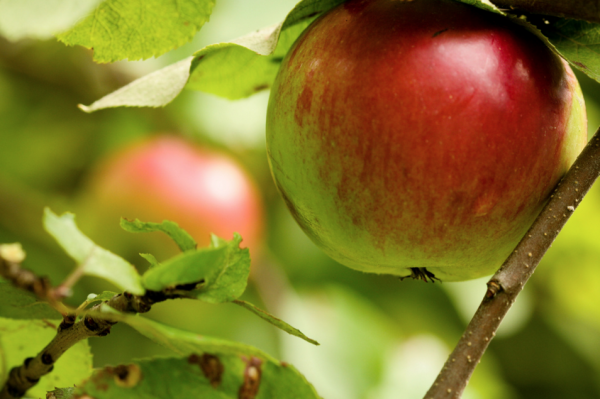The process of growing your own fruit tree can be an exciting and gratifying experience. You learn skills that last a lifetime and are seasonally rewarded for your hard work. Fruit that comes directly from your backyard always seems fresher and sweeter than fruits from the store.
Taking care of your fruit tree can seem daunting at first. However, with a little time and patience, you will be on your way to enjoying your own delicious home-grown fruit!
Stages of life
Fruit-bearing trees go through several stages of life from the time they are planted. When a fruit tree is old enough, the tree dedicates most of its energy to sustaining and growing fruit.
Sustaining fruit is a very energy-intensive process for fruit trees. Because of this, many trees will grow an excess of fruit one year and rest the following year. This process, called biennial bearing, can be irritating for some gardeners who prefer to have fruit annually. To avoid biennial bearing, annually thin the fruit crop by cutting off the young, unripe fruit around July.

Watering fruit trees
Newly-planted fruit trees require a considerably amount of water for the first few weeks. During a normal growing season with moderate rain, new fruit trees will require one or more gallons every week or so, depending on the climate. Drier and hotter climates may call for more extensive watering, whereas more moderate climates may not.
In order to grow high-quality and sizeable fruit, “timely” watering is very important. Watering during droughts will make a big difference in the quality of the crop. However, overwatering can lead to defoliation, yellowed leaves, and a low-quality crop.
Fertilizing fruit trees
Replenishing the soil’s nutrients is essential to ensuring the health of the fruit tree and the quality of the crop. Fruit trees often prematurely deteriorate because they exhaust the nutrients in the growing area. Fortunately, this issue is easy to fix.
Fruit-bearing trees over 2 years old need a fertilizer that is rich in nitrogen – an element that encourages growth. When fruit trees produce bitter-tasting and small fruit, a calcium-rich fertilizer will help improve the health of the tree and its fruit.
Pest and disease control
During the winter, coat the entire tree with a dormant spray that contains horticultural dormant oil. This spray helps protect apple trees, pear trees, plum trees, apricot trees, pecan trees and grape vines from mealy bugs, aphids, mites, and other pests/eggs. After petal drop, use a copper fungicide to protect the fruit tree from rots and fungi.
Weed control
Weeds are a nuisance and can harm your fruit trees by competing for the same nutrients and water that is meant for your tree. If the weeds are not eliminated on a regular basis, the fruit tree can become unhealthy and even die.
Using chemicals to eliminate weeds can be dangerous to your tree and to your environment. Gardeners recommend physically pulling out weeds on a regular 2-week basis. Doing so will ensure a happy and healthy fruit tree.
Miles Lefler is a certified arborist and spends his work time consulting with people about caring for their landscape and home gardens. Maintaining your Texas tree during the summer can be difficult especially during the drought season, but Miles has a few tips to keep your trees happy all year round.
